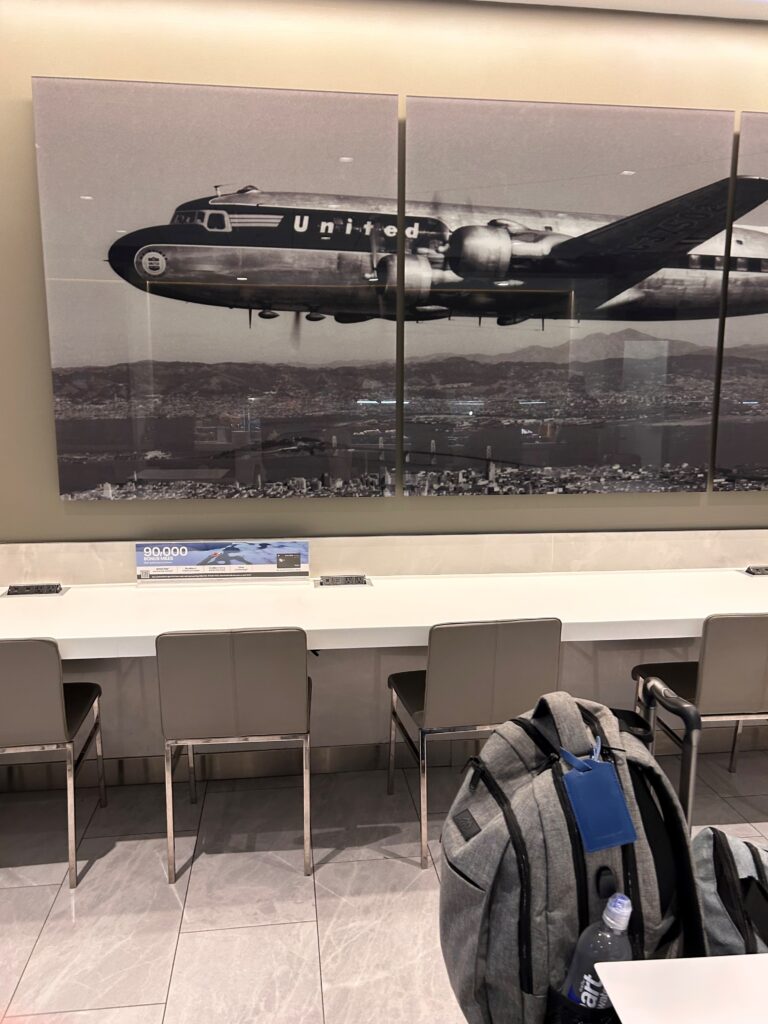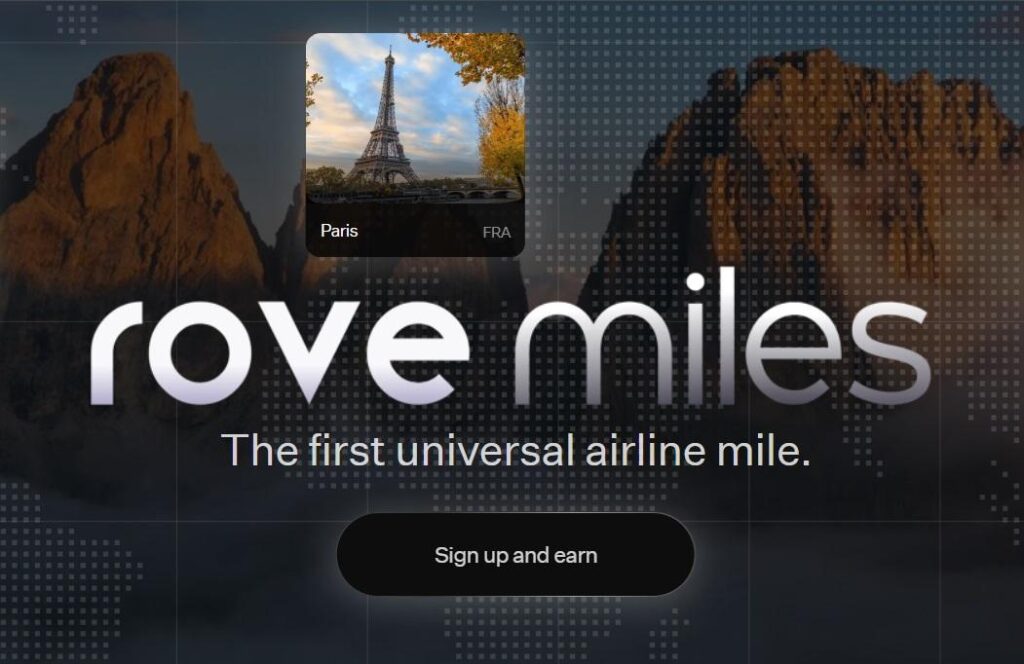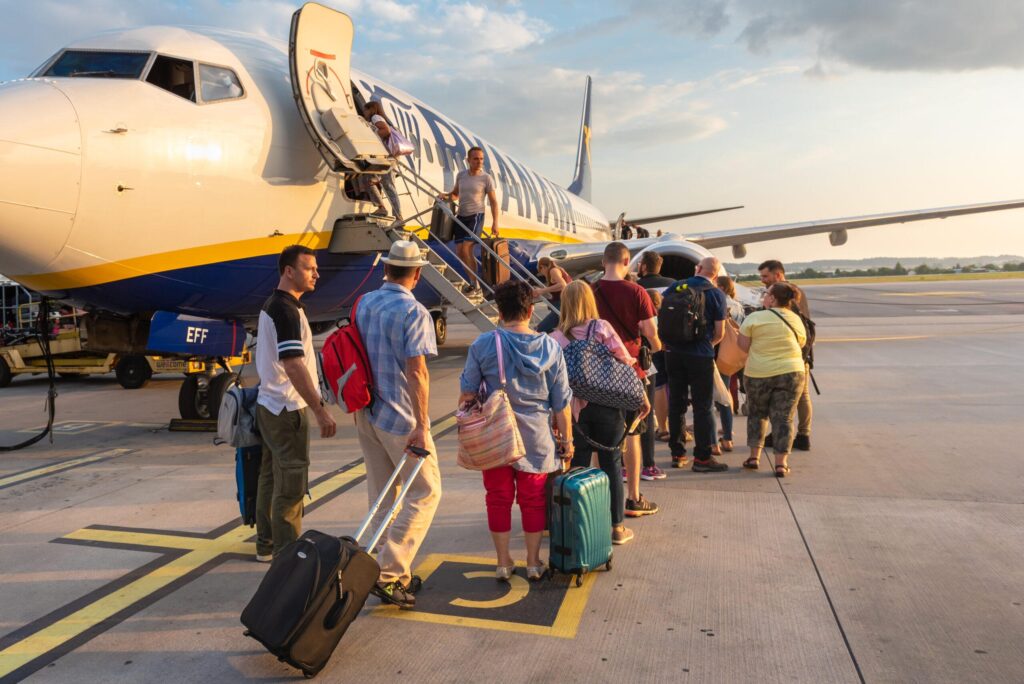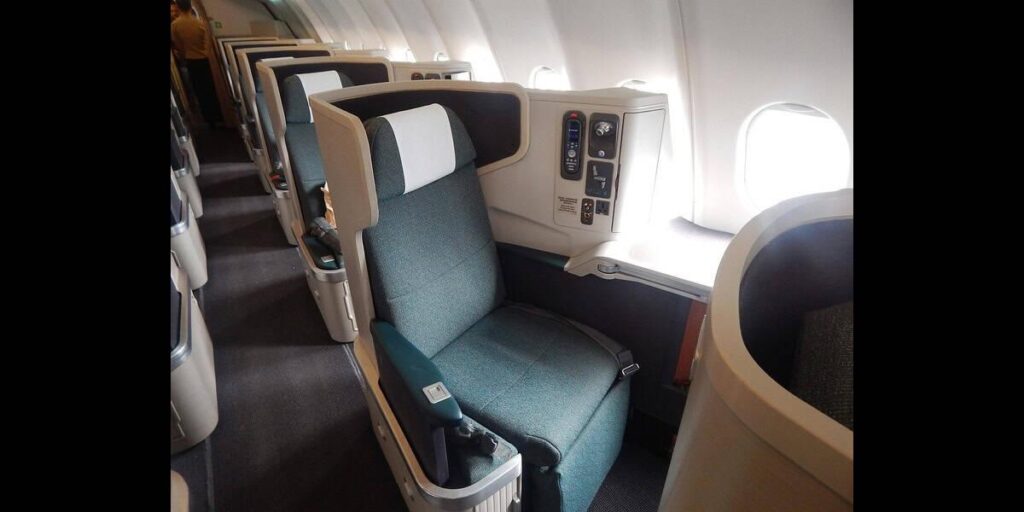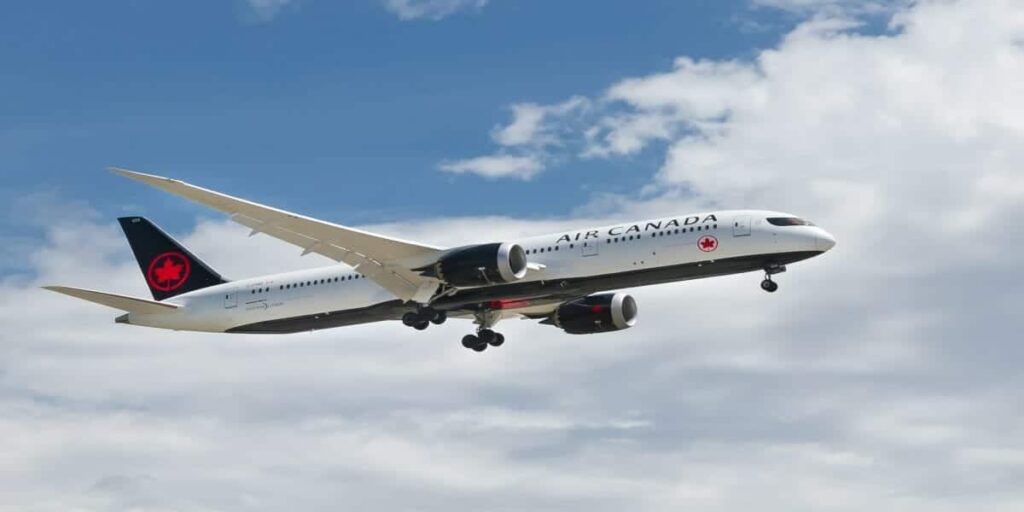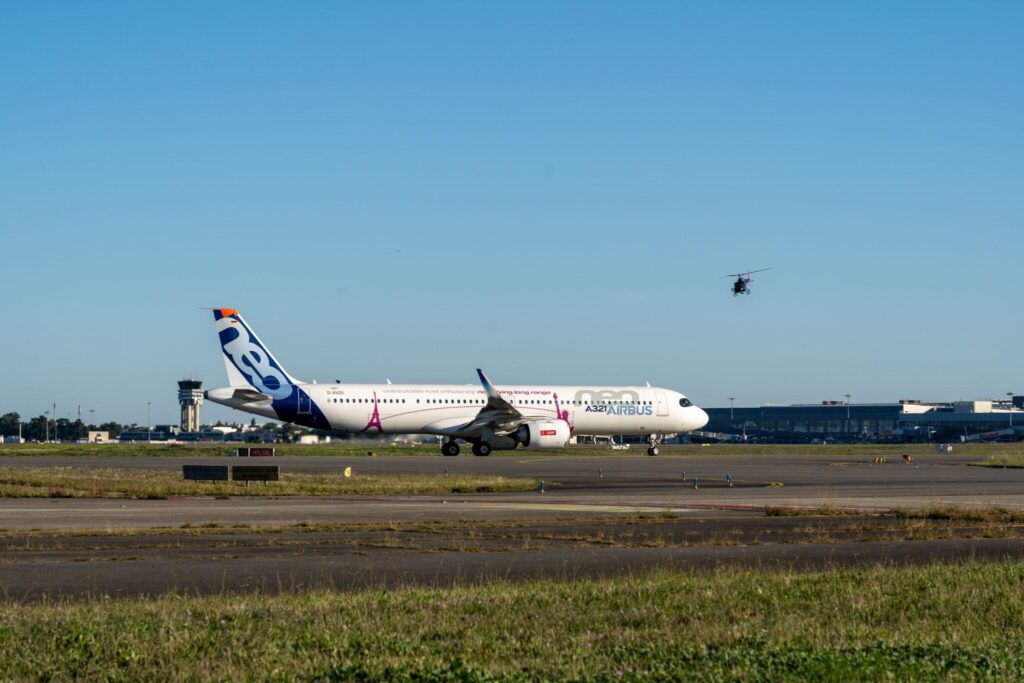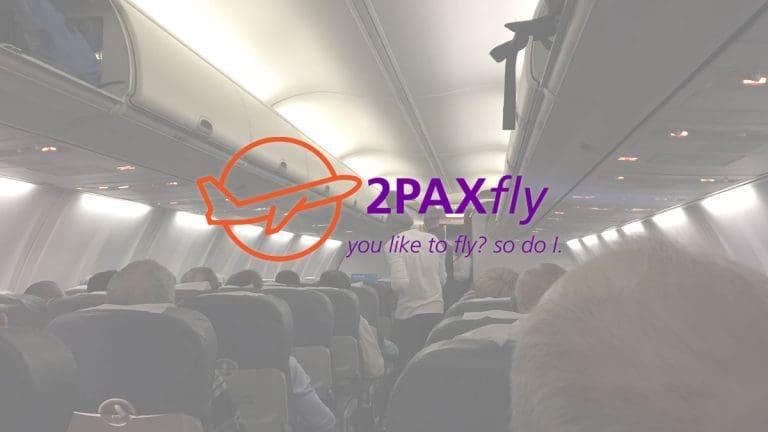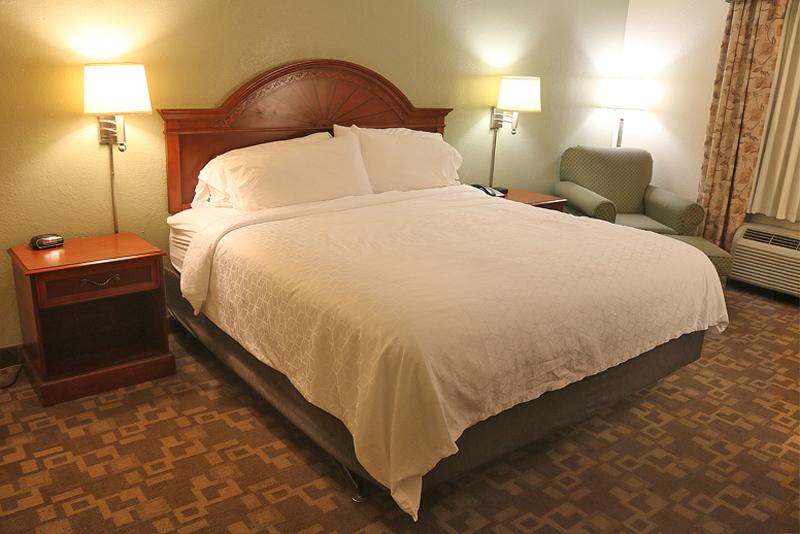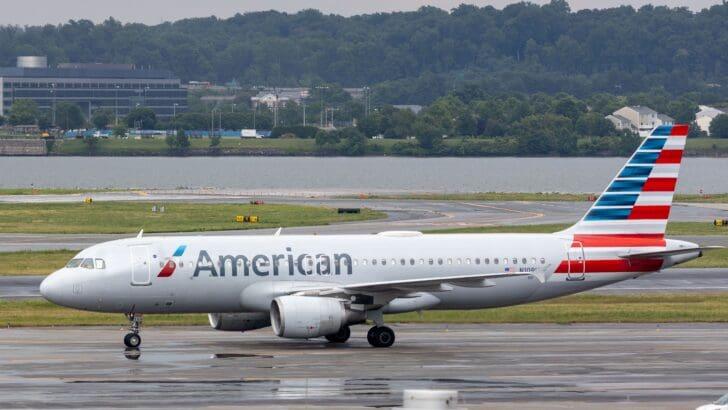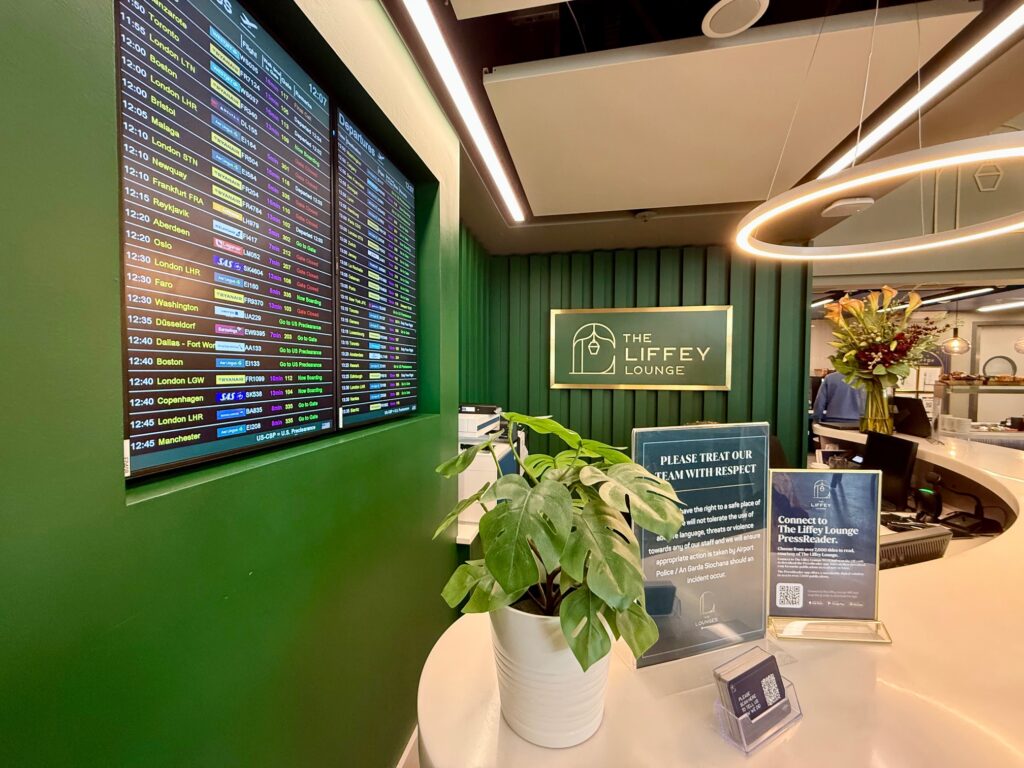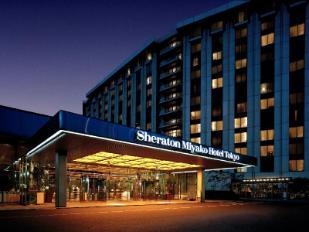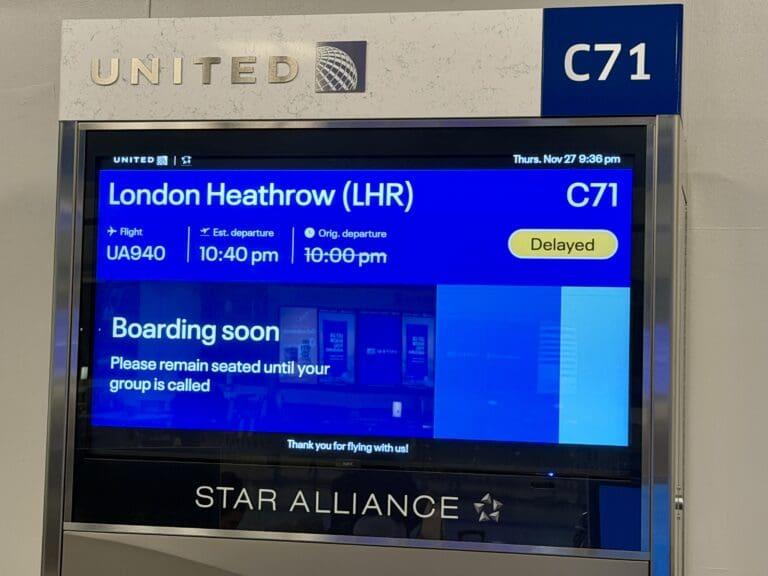
A Frequent Flyer’s Guide to (Almost) All-Inclusive Cruise Vacations
What Is ‘All-Inclusive’ in Cruising?

I’ve come across countless conversations where travelers expect a single up-front fare to cover every onboard experience. Yet, reading extensive traveler feedback reveals that certain cruise lines leave it at the basics: stateroom accommodations, main dining menus, limited (often non-alcoholic) beverages, and evening shows. According to a 2024 survey from the Cruise Lines International Association (CLIA), approximately 41% of passengers say they were unaware of some onboard costs before their trip. This gap in understanding can lead to surprise bills for specialty dining, Wi-Fi, or other premium amenities.
In my pursuit of clarity, I’ve noticed that nearly every cruise brand has its own interpretation of “all-inclusive.” Some provide generous beverage packages and gratuitous shore excursions, whereas others bundle only select onboard activities. Before snagging a last-minute deal, it pays to do some research to find out exactly what you’ll get for your money. Reading through the fine print and checking for hidden fees—especially on mega-ships—can help travelers make informed choices. Even a so-called all-inclusive vacation can quickly become pricey if you add too many extras.
Ultimately, “all-inclusive” in cruising is less about a fixed, universal standard and more about understanding each line’s unique approach. By comparing your favorite perks—like included specialty dining, premium beverages, or shore tours—you can zero in on the right package that aligns with your travel style. In many cases, the convenience of bundled services offsets the elevated ticket price, particularly if you’re looking for a hassle-free way to explore popular destinations with minimal add-ons.
Nearly All-Inclusive: Mainstream Cruise Lines
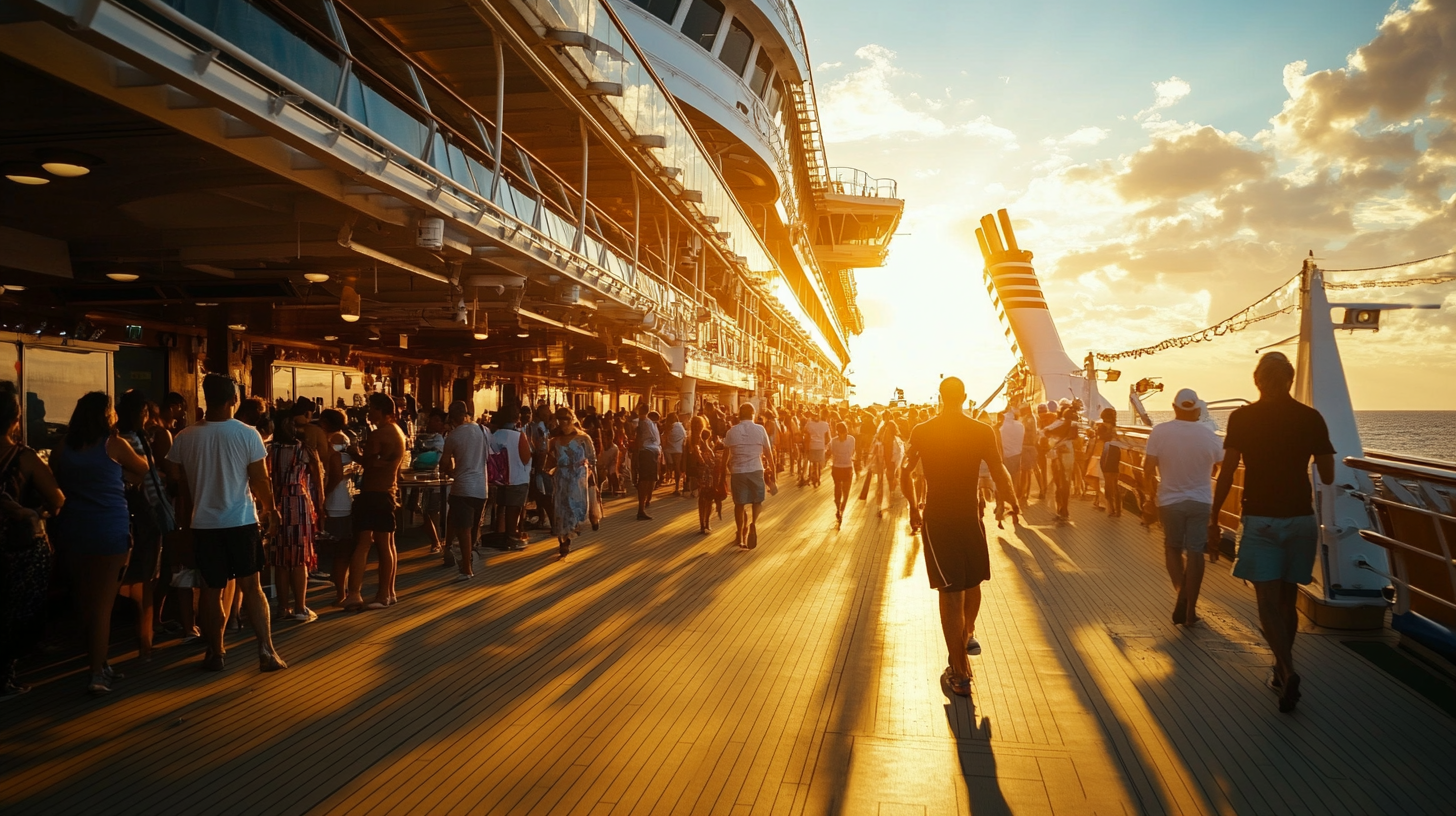
When I first explored the world of mainstream cruise lines, I was struck by how cleverly they blend value and flexibility. From Royal Caribbean‘s famous FlowRider surf simulators to Carnival‘s brilliant onboard entertainment, there’s a lot thrown in with a standard fare. Families, especially, can appreciate that basic dining, children’s clubs, and certain activities don’t incur additional fees. However, travelers often pay extra for upgraded dining venues, premium coffees, and specialty shows.
According to industry data shared during a travel seminar in early 2025, many families see a cost savings of up to 15% by choosing lines such as Carnival or Norwegian when the kiddos participate in free onboard programs. However, these lines also specialize in enticing you with add-ons like steakhouse dinners, bowling alleys, and virtual reality rides. Paying separately for these experiences can be worth it if they align with your personal brand of fun. Otherwise, there are still plenty of included amenities—think waterslides, poolside contests, and group aerobics classes—to keep everyone entertained at no additional cost.
For folks aiming for a fuss-free trip, it can help to check each line’s specialty packages. Some offer value bundles with unlimited soda or drinks, or curated shore excursion passes that simplify your planning. Whenever I browse itineraries, I try to compare costs across different lines to see if the “nearly all-inclusive” approach truly delivers the best bang for the buck.
Truly All-Inclusive: Luxury Cruise Lines
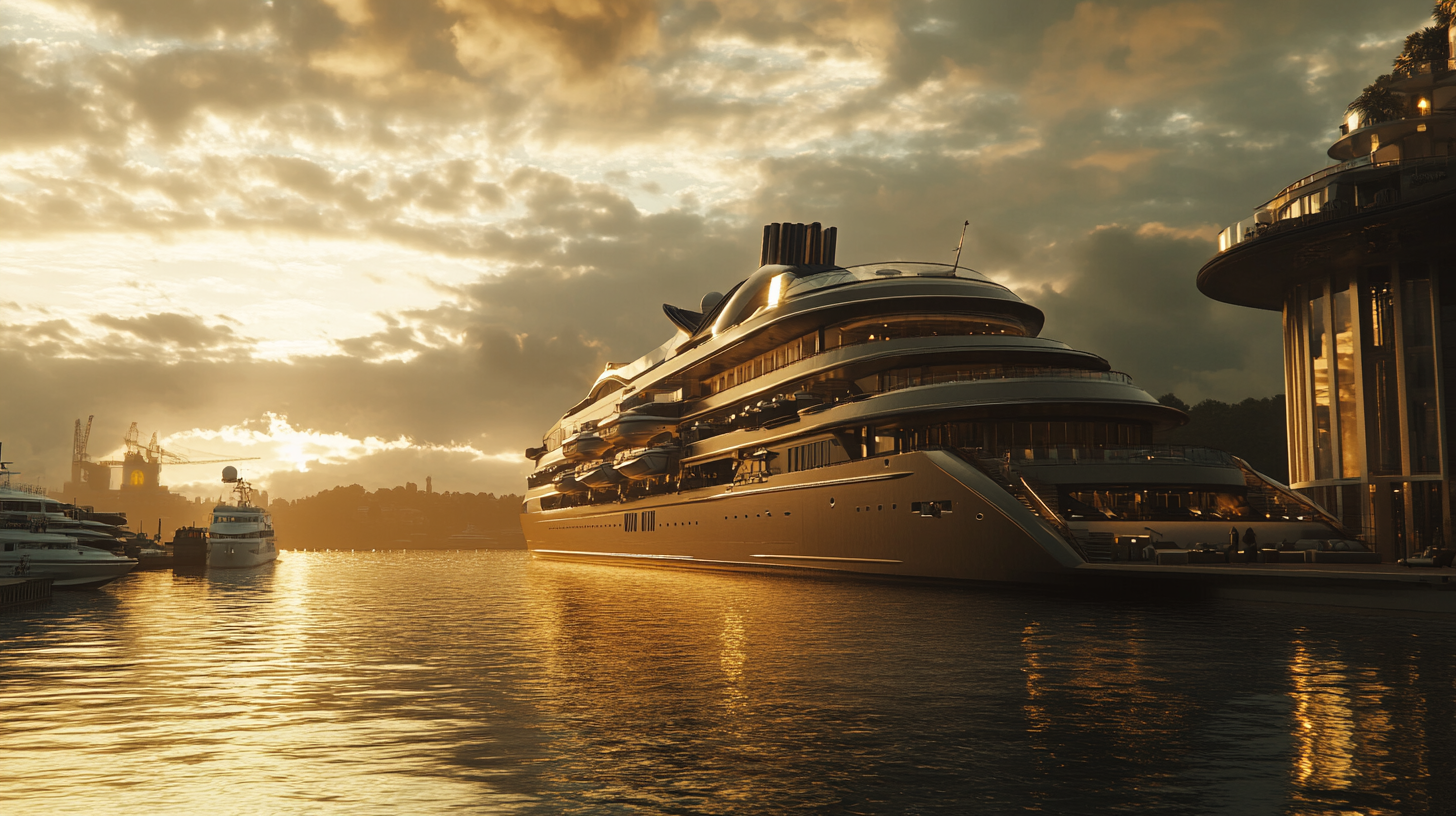
Venturing into luxury lines feels like stepping into an entirely different realm. From endless caviar on Seabourn to personalized butler service on Silversea, it’s clear why these voyages can command higher price tags. In many cases, though, those upfront costs already pack in airfare, shore excursions, premium drinks, and gratuities. Recently, I read an onboard review for Regent Seven Seas where the guest mentioned having zero additional charges for anything beyond spa treatments—which came as a huge welcome surprise.
Some travelers worry about spending more than necessary, but a luxury cruise can actually be budget-friendly in certain scenarios. If you’re someone who typically opts for a private balcony room, enjoys fine wines, and loves trying out specialized dining, these higher-end fares may offer better overall value. A 2023 analysis by a leading travel analytics firm found that passengers who prefer all-premium, all-the-time experiences saved up to 18% by choosing a luxury line’s inclusive fare compared to piecemeal upgrades on a mainstream ship.
It’s important to remember that “luxury” doesn’t always mean everything is free. There may still be surcharges for rare wines, exotic excursions, or spa packages that go beyond the standard. In my own obsessive reading of forum discussions, I’ve noticed guests appreciate the transparency these lines provide—pricier packages up front but far fewer annoying extra fees during the voyage.
Bundled Cruise Fare Packages
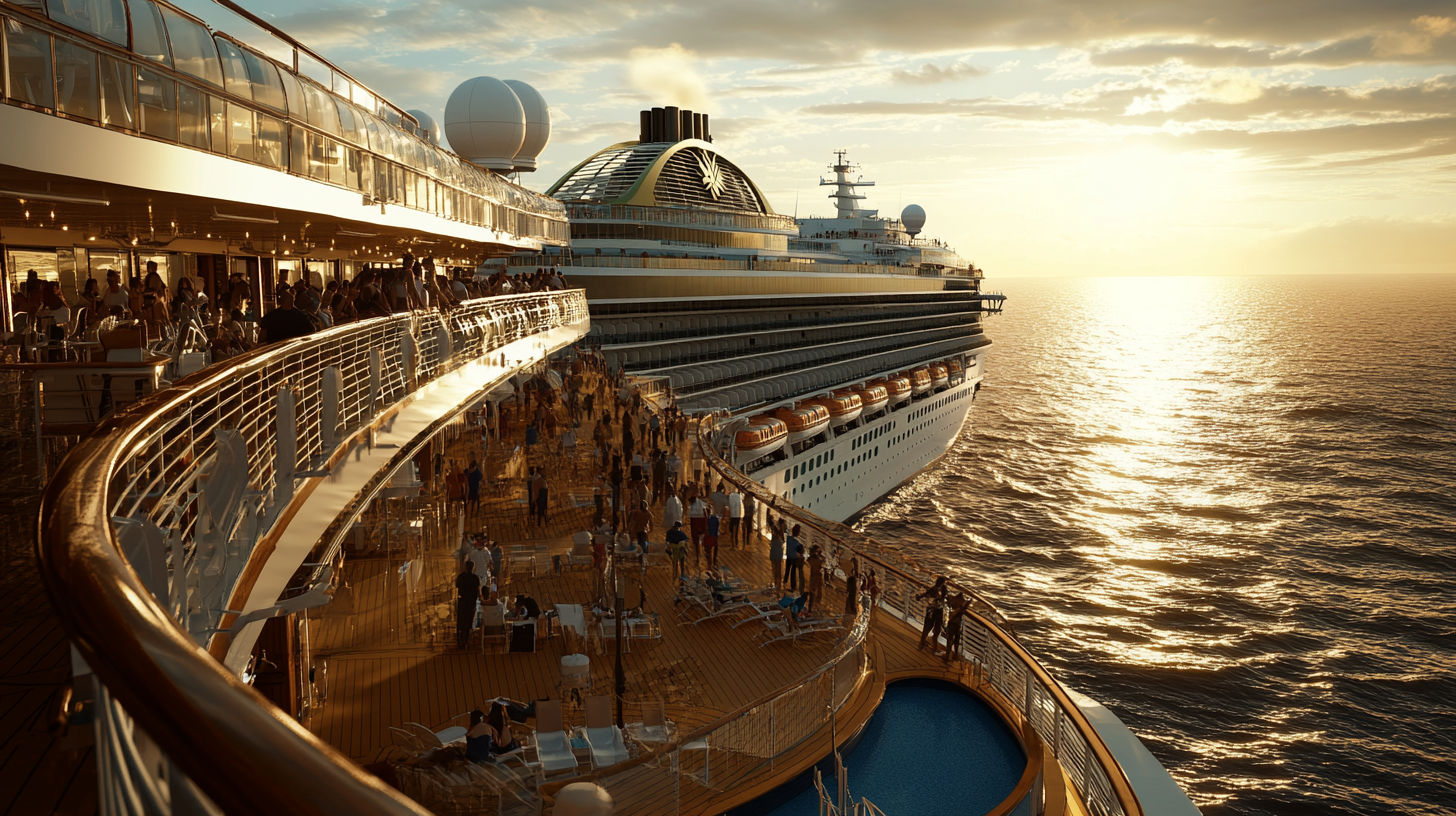
Over the past few years, I’ve seen mainstream brands like Celebrity, Holland America, and Princess adopt a bundling trend. They offer tiers or packages that include perks such as Wi-Fi, premium beverage plans, and gratuities. A recent study suggests that customers who book these bundled fares can save around 20% compared to adding each perk separately. For example, I’ve observed couples on Celebrity’s newest ships who enjoy the convenience of not having to monitor daily bar tabs or Wi-Fi charges, allowing them to focus on what truly matters: relaxing and exploring.
For explorers interested in longer routes—like a land-and-sea adventure in Alaska—bundling becomes even more attractive. Some package deals combine flights, pre- or post-cruise hotel stays, and multiple excursions into one handy reservation. In 2025, travel analysts forecast that an increasing number of cruisers will opt for these one-stop-shop arrangements. From reading countless traveler reports, the biggest upside seems to be a stress-free planning experience and fixed costs that minimize surprises.
While I can’t claim to have personally sampled every bundled option out there, the recurring theme I’ve seen involves convenience. As more lines adopt the “everything in one place” approach, it confirms that modern cruising has dramatically evolved from a base fare + endless extras model. If you’re the type who wants to budget in advance without worrying about daily onboard expenses, a bundled fare could be your best bet.
Tips for Maximizing Value
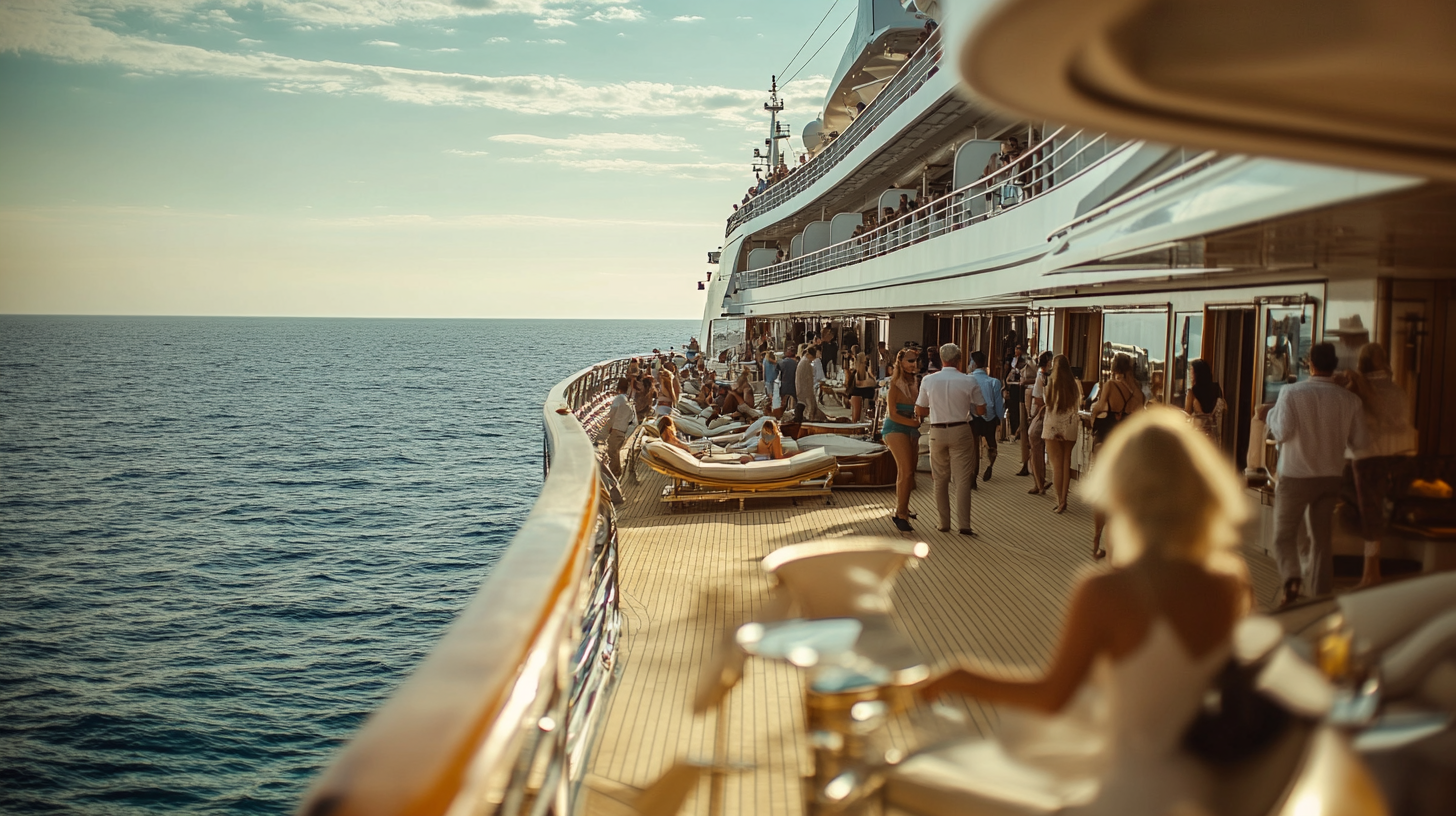
Maximizing value in any cruising scenario starts with knowing your priorities. Some folks crave adrenaline-pumping activities like zip-lining or rock climbing, so they might lean toward a line that bundles those offerings for free. Others might be foodies or wine connoisseurs, focusing on lines that roll specialty dining or curated beverage packages into the cost of the fare. Personally, I always recommend checking if your loyalty status with a particular line can unlock key perks like faster check-ins or complimentary laundry services.
I’ve heard stories from families who successfully used airline miles to get free flights to the embarkation port, saving hundreds—or even thousands—on their total trip costs. Similarly, if you have hotel points, you might arrange a pre-cruise stay in a major port city at no out-of-pocket expense. Looking at the bigger travel picture, it often pays to piece together these kinds of deals.
One of the best ways to avoid hidden fees is to talk with others who have cruised recently. Online travel communities are brimming with tips and cautionary tales about everyday costs, from premium coffee bars to onboard photo packages. By compiling this feedback and layering it with your specific preferences (like quiet adult-only spaces or all-night family fun), you’ll be well on your way to picking an all-inclusive cruise setup that truly matches your needs.
Final Thoughts
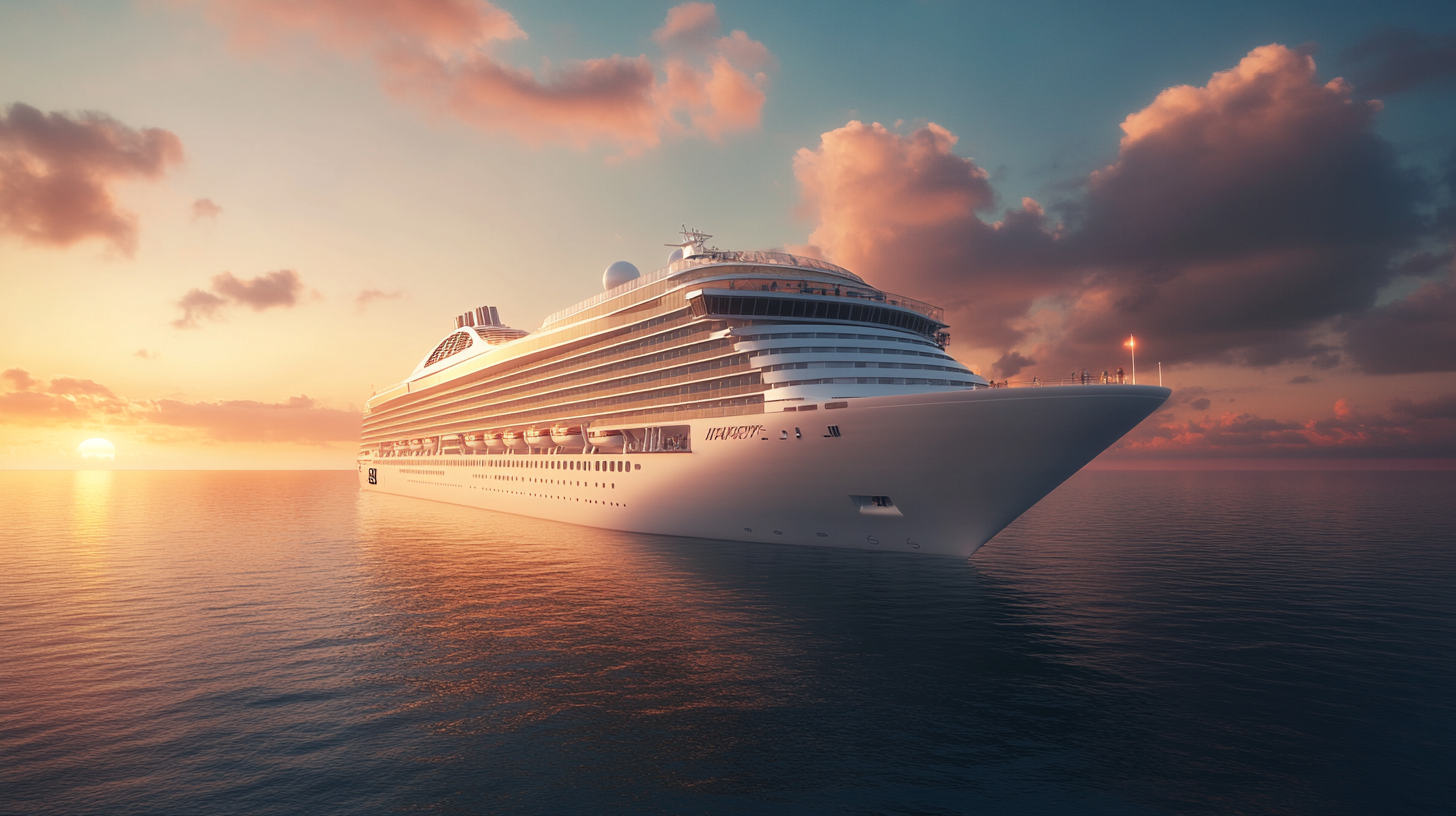
When we talk about all-inclusive cruising, context is key. Every cruise line puts a different spin on what is covered, making it essential to read between the lines before booking. Recognizing the difference between mainstream and luxury experiences—or even exploring bundled fare options—lets you align your travel style with the right package. Setting realistic expectations and doing a bit of research up front can turn a potentially confusing situation into a smooth, budget-friendly adventure.
Whether you’re mingling with families on activity-packed mega-ships or sipping champagne on a high-end vessel, the all-inclusive concept remains flexible. You always get the chance to tailor your journey to your own preferences—be it spontaneous entertainment or carefully curated cultural excursions. I’ve identified that the best part of modern cruising is the choice to decide how much (or how little) you want to be included.
No matter what, being proactive about costs ensures that your final bill matches your initial expectations. After all, the aim of an “all-inclusive” getaway is to leave your day-to-day concerns at home. By taking advantage of available packages and loyalty perks, you can focus on the sights, sounds, and flavors of your next ocean adventure.
Sky Skylar’s Take
In my experience reading and reflecting on thousands of personal trip accounts, I’ve noticed that truly enjoying an “all-inclusive” cruise depends on your own travel goals. Some crave indulgence in specialty dining or top-shelf cocktails, while others delight in simple pleasures like poolside relaxation under the warm sun. What matters is finding the right balance of value, comfort, and excitement.
From my vantage point, the clarity you get when booking is key: the more transparent the line is about what’s covered and what isn’t, the easier it is to plan—and enjoy—the perfect cruise. That peace of mind is worth every bit of research.
Follow us back to BoardingArea for more.





